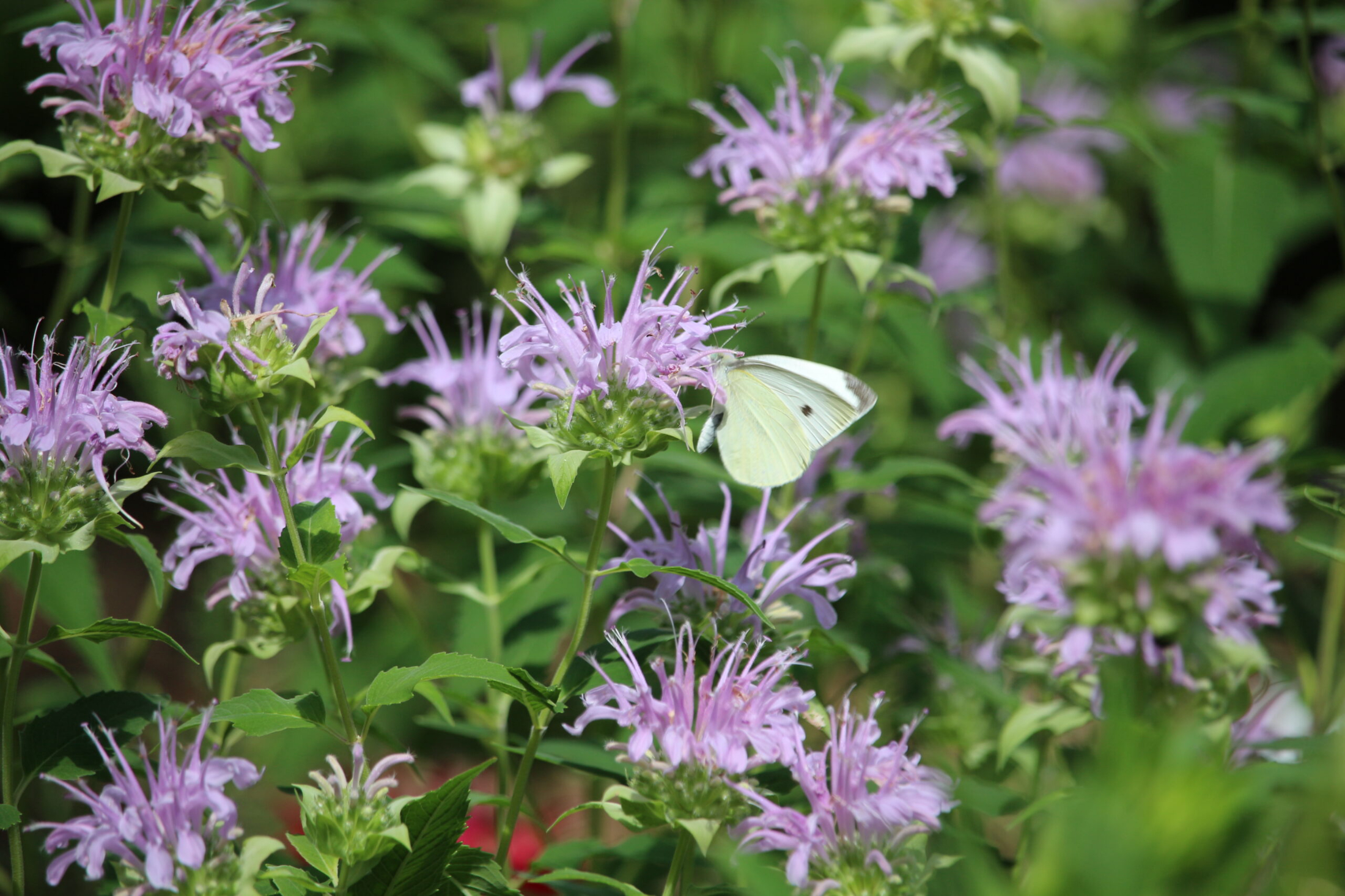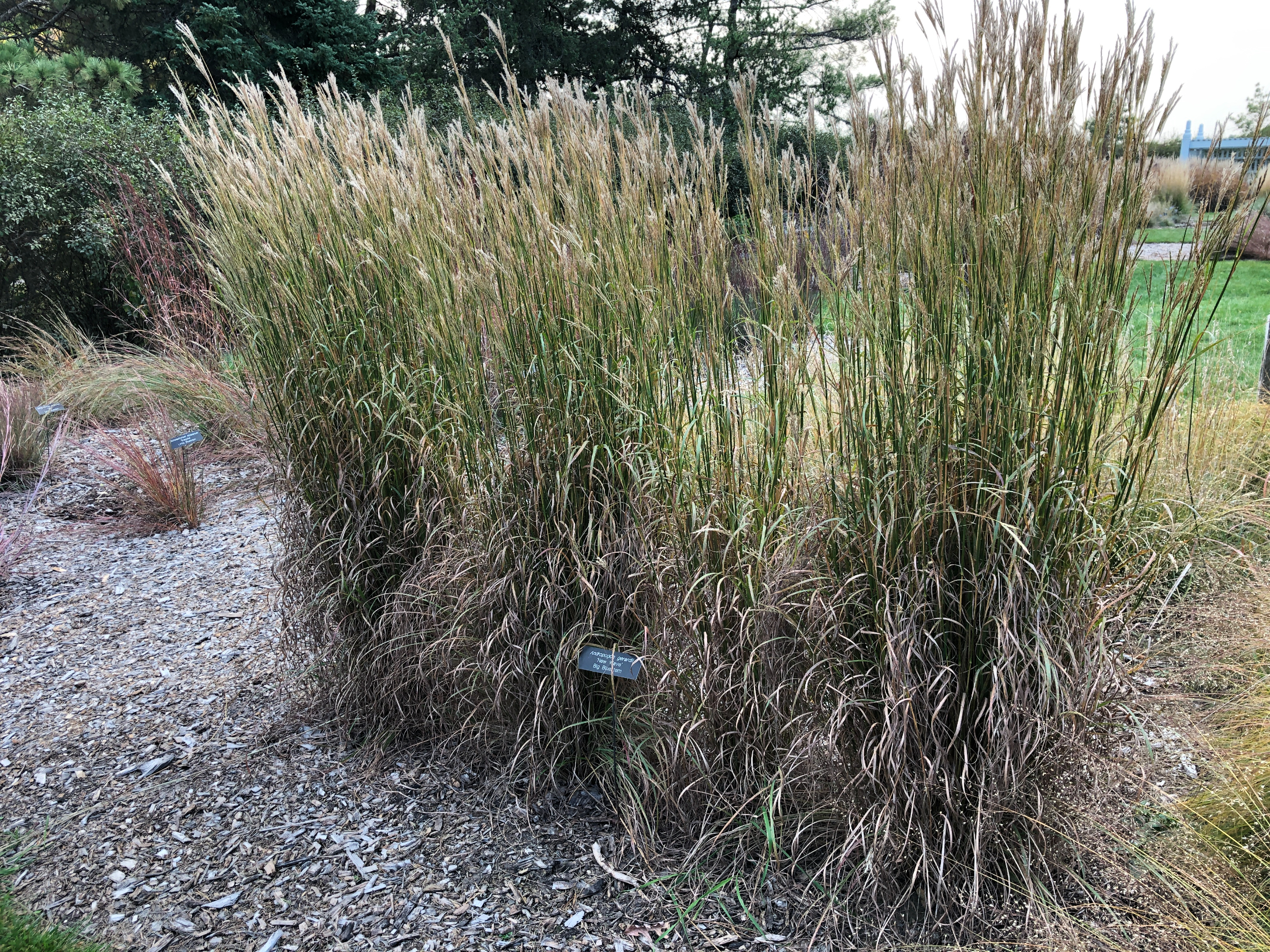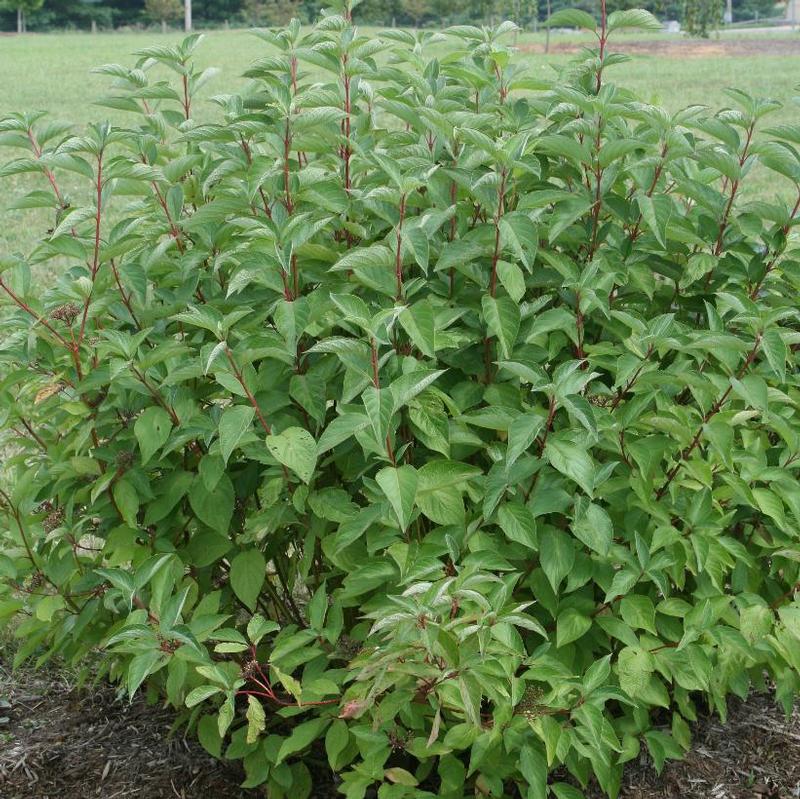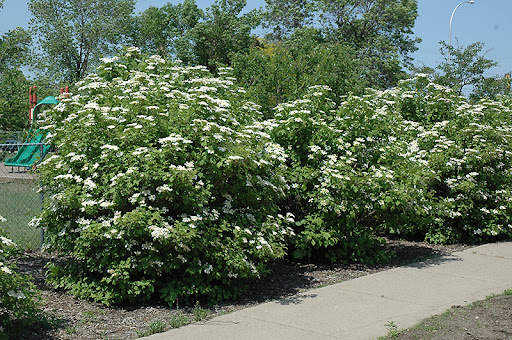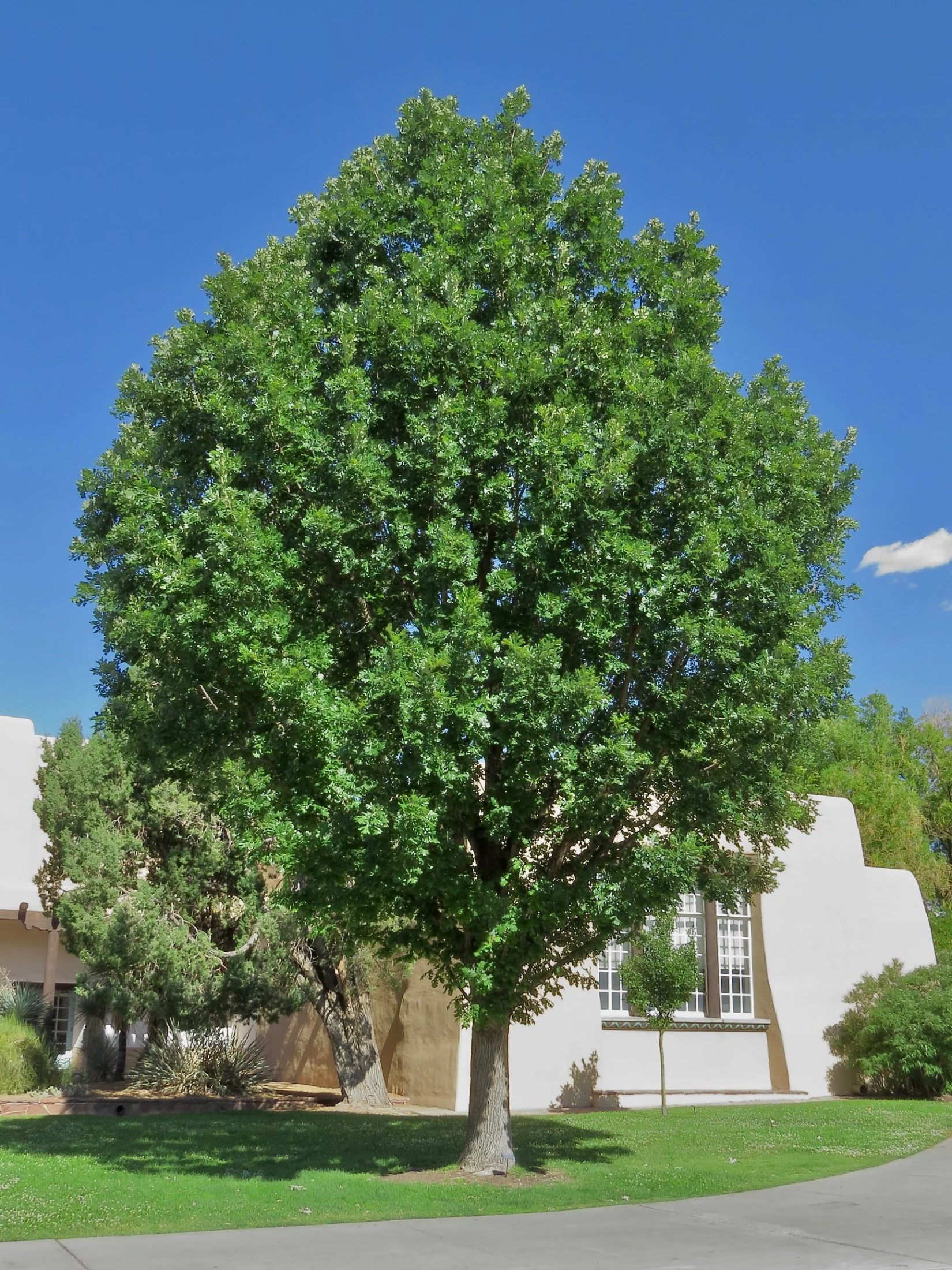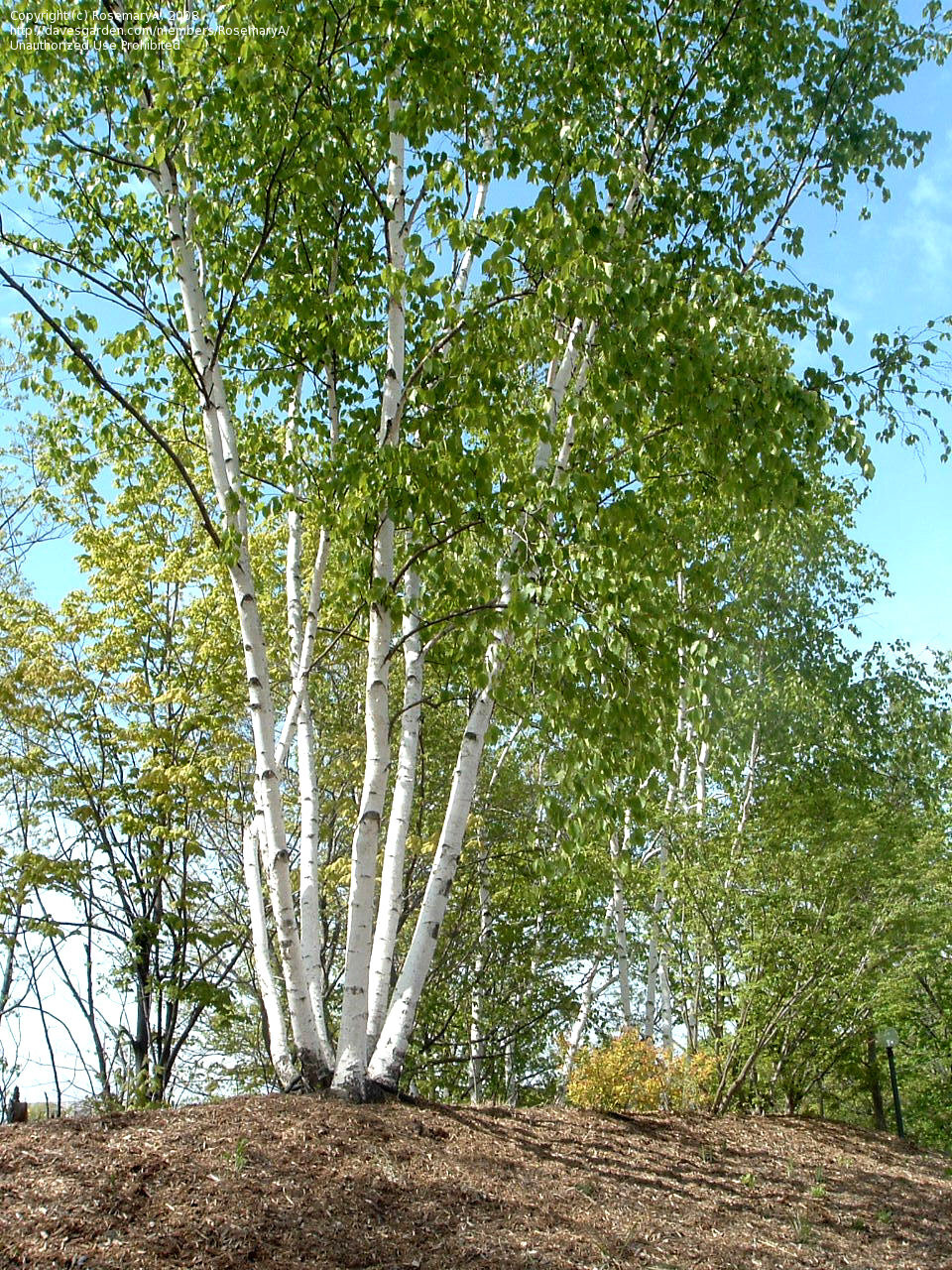*AI reviewed article **photo credit - http://www.danharperphotography.com/
The real estate market in Manitoba plays a pivotal role in Canada's broader housing ecosystem. As a province known for its affordability, quality of life, and economic diversity, Manitoba offers unique insights into how regional dynamics interact with the national housing landscape. This article examines the Manitoba housing market in depth, analyzing its trends, challenges, and opportunities, while placing it in the context of the Canadian housing market as a whole.
The Manitoba Housing Market: An Overview
Manitoba, located in the heart of Canada, is known for its balanced & steady growing housing market. With Winnipeg as its economic and population hub, the province offers a range of housing options, from urban condominiums and single-family homes to rural acreages and recreational properties. Compared to other major Canadian provinces such as Ontario and British Columbia, Manitoba's housing market remains relatively affordable, making it an attractive destination for first-time homebuyers, retirees, and investors.
Affordability: A Key Strength
One of Manitoba's defining features is its affordability. While cities like Vancouver and Toronto struggle with skyrocketing home prices, Manitoba's real estate remains accessible. According to the Canadian Real Estate Association (CREA), the average home price in Manitoba consistently falls below the national average. This affordability is a significant draw for individuals and families seeking a high quality of life without the financial strain associated with housing in larger metropolitan areas.
Diverse Market Segments
Manitoba's housing market caters to a diverse range of buyers and renters. Winnipeg, the capital, offers a mix of housing options, including condominiums, single-family homes, and multi-unit residential buildings. Smaller cities such as Brandon and Steinbach provide additional options, often at even more competitive prices. In rural areas, demand for farmland and recreational properties has grown steadily, driven by a mix of lifestyle changes and investment opportunities.
Trends Shaping Manitoba’s Housing Market
Several key trends have shaped Manitoba’s housing market in recent years, reflecting broader national and global influences.
Population Growth and Immigration
Manitoba has experienced steady population growth, fueled in part by immigration. The province's Provincial Nominee Program (PNP) has been instrumental in attracting newcomers, many of whom settle in Winnipeg and surrounding areas. This population growth has increased demand for housing, particularly in entry-level and mid-range markets.
Urbanization and Suburban Expansion
While Winnipeg remains the focal point of Manitoba's housing market, suburban areas have seen significant growth. Rural Communities such as Selkirk, St. Andrews & St. Clements have become popular due to their relative affordability, proximity to urban amenities, and family-friendly environments. This trend mirrors the broader Canadian shift toward suburban living, accelerated by the COVID-19 pandemic and the rise of remote work.
Rising Construction Costs
Like much of Canada, Manitoba has faced rising construction costs due to supply chain disruptions, labor shortages, and increased material prices. These factors have impacted the pace of new housing developments, particularly in affordable housing segments. However, the province has shown resilience by prioritizing mixed-use developments and government-backed initiatives to address housing supply gaps.
Manitoba’s Market in the Canadian Context
To understand Manitoba’s housing market fully, it is essential to consider its relationship with the broader Canadian market. While there are shared challenges and trends, Manitoba's market often contrasts sharply with those of larger provinces.
Housing Affordability Across Canada
Housing affordability has become a critical issue across Canada, with major markets like Toronto and Vancouver experiencing housing crises. In contrast, Manitoba’s affordability provides a much-needed counterbalance, offering opportunities for Canadians priced out of other markets. This affordability has made Manitoba a viable option for interprovincial migration, contributing to its steady population growth.
Interest Rates and Market Stability
Rising interest rates have impacted housing markets nationwide, including Manitoba. While higher borrowing costs have tempered demand, Manitoba’s lower average home prices have mitigated the effects, allowing the market to remain relatively stable compared to more volatile regions. This stability underscores Manitoba's resilience within the Canadian housing market.
Federal and Provincial Policies
Housing policies at both federal and provincial levels influence Manitoba's market dynamics. The federal government’s initiatives, such as the First-Time Home Buyer Incentive, have provided support to buyers across the country, including Manitoba. At the provincial level, efforts to increase affordable housing supply and streamline development processes have further bolstered market accessibility.
Challenges Facing Manitoba’s Housing Market
Despite its many strengths, Manitoba’s housing market is not without challenges. Addressing these issues is crucial for sustaining the province’s growth and ensuring long-term affordability.
Affordable Housing Shortages
While Manitoba is more affordable than many other provinces, it still faces challenges in providing sufficient affordable housing. Low-income households, in particular, struggle to access adequate housing options, a problem exacerbated by rising rents and limited social housing availability. Addressing this issue requires coordinated efforts between government, developers, and community organizations.
Climate Change and Sustainability
Manitoba’s housing market must also contend with the impacts of climate change. From extreme weather events to energy efficiency requirements, sustainability is becoming an increasingly important consideration. Homebuilders and policymakers must work together to promote resilient and environmentally friendly housing solutions.
Balancing Urban and Rural Needs
Manitoba’s vast geography presents unique challenges in balancing the housing needs of urban and rural areas. While urban centers like Winnipeg attract the majority of newcomers, rural communities often struggle with population decline and limited housing options. Addressing these disparities requires targeted policies that recognize the distinct needs of different regions.
Opportunities for Growth and Innovation
Looking ahead, Manitoba’s housing market has several opportunities for growth and innovation, positioning it as a model for other regions in Canada.
Investment in Infrastructure
Investing in infrastructure, such as public transit and road networks, can enhance connectivity between urban and suburban areas. Improved infrastructure not only supports housing development but also boosts economic growth and quality of life.
Embracing Technology
The integration of technology into real estate, from virtual tours to data-driven market analysis, offers new opportunities for buyers, sellers, and developers in Manitoba. Innovations such as smart home technology and sustainable building practices can further enhance the province’s housing market.
Strengthening Community Partnerships
Collaborative efforts between governments, non-profits, and private developers can address housing challenges more effectively. By working together, stakeholders can create innovative solutions to increase affordable housing supply, support vulnerable populations, and promote inclusive communities.
Conclusion
Manitoba’s housing market is a vital component of Canada’s real estate landscape, offering affordability, stability, and growth potential. While the province faces challenges such as affordable housing shortages and climate change, it also has unique opportunities to lead in innovation and sustainability. By leveraging its strengths and addressing its weaknesses, Manitoba can continue to thrive and serve as a benchmark for balanced and accessible housing markets across Canada.

